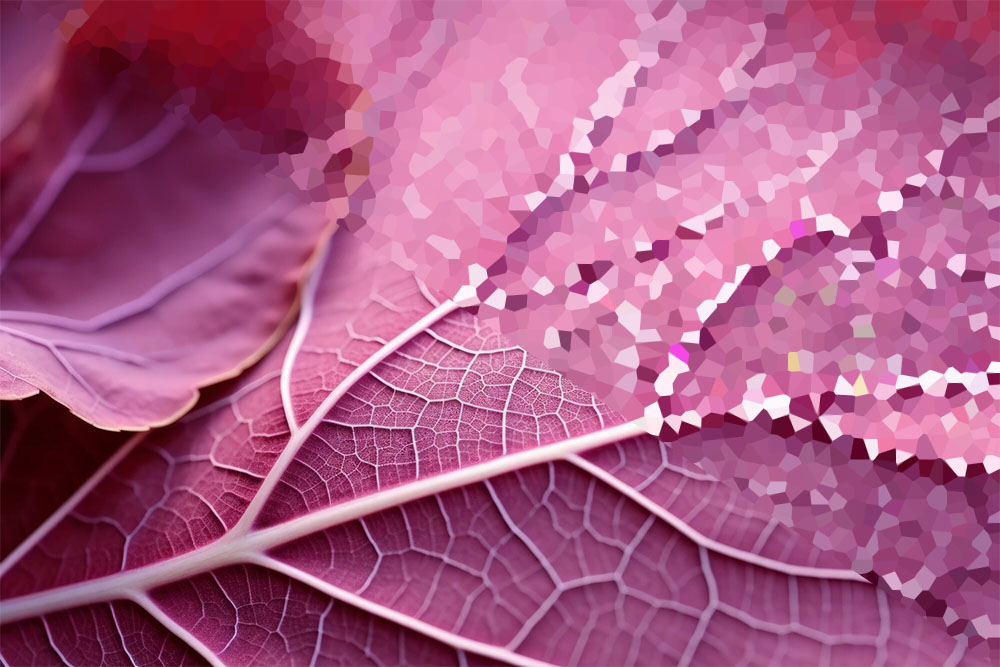
Image formats when building websites. When building websites, the use of image files is crucial, as visual elements contribute significantly to the user experience. There are several image file types or formats that can be used to optimize loading speed and image quality. In this article, we will focus on some of the most commonly used types of image files, their advantages and disadvantages.
JPEG (Joint Photographic Experts Group)
JPEG is the most common image file type used on web pages. This format allows images to be compressed, which reduces file size and consequently reduces image upload time. JPEG is ideal for photos and images with many color transitions. However, JPEG has some disadvantages, such as loss of image quality when repeatedly saved or compressed.
Advantages:
– Efficient image compression, reducing file size.
– Suitable for photos and images with many color transitions.
– Supports a full range of colors.
Disadvantages:
– Loss of image quality when saving or compressing multiple times.
– Not suitable for images with sharp geometry or transitions between solid colors.
PNG (Portable Network Graphics)
PNG is an image file format commonly used for web pages. This format enables lossless image compression, which means that we do not lose image quality when saving or compressing. PNG is ideal for images with sharp geometry, transitions between solid colors, and images with backgrounds that need to be transparent. The disadvantage of PNG is the larger file size compared to JPEG, which can affect image loading speed.
Advantages:
– Lossless image compression, which preserves image quality.
– Supports transparent background, ideal for icons and images with transitions.
– Suitable for images with sharp geometry and transitions between solid colors.
Disadvantages:
– Larger file size compared to JPEG, which may affect image upload speed.
GIF (Graphics Interchange Format):
GIF is an image format often used for animations or short videos on web pages. This format supports multi-frame animations. GIF uses lossless compression, but has a limited color palette and is not suitable for complex images or high-quality photos. Additionally, GIF files tend to take up more space than other formats.
Advantages:
– Supports animations and short videos.
– Lossless image compression.
Disadvantages:
– Limited color palette, which is not suitable for complex images or high-quality photos.
– Files take up more space than other formats.
WEBP
WEBP is a relatively new image file format that was developed specifically for web use. WEBP combines the advantages of JPEG and PNG formats, as it allows both image compression and background transparency support. The WEBP format has a smaller file size compared to PNG and JPEG, which contributes to faster image loading. However, older browsers and operating systems may not support this format.
Advantages:
– Efficient image compression.
– Supports transparent background.
– Smaller file size compared to PNG and JPEG.
Disadvantages:
– May not be supported on older browsers and operating systems.
Scalable Vector Graphics (SVG)
It's a vector format, which means the images are based on mathematical formulas and geometric shapes instead of pixels. This allows images to be resized without losing quality, which is especially useful for responsive websites with different devices and screens.
Advantages:
– Small file size: SVG files are usually smaller than other image formats such as JPEG or PNG. This means that images load faster, which improves the speed of web pages. Smaller file size also reduces bandwidth consumption and reduces server load.
- Quality retention when zoomed in: Due to its vector nature, the SVG format maintains image quality even when zoomed in. This is especially important if you want to use icons or graphics that can appear at different sizes to users.
– Editability and flexibility: SVG files are text files, allowing the content to be edited and customized using standard text editors or specialized tools. This makes it easy for designers and developers to customize custom images and create interactive graphics and animations.
Disadvantages:
- Processing complexity: Since SVG files are vector, they can contain complex geometric shapes and details. This can require more computing resources and processing time, especially for larger or more complex images. They may appear slower on older or less powerful devices.
- Browser support: Although support for the SVG format is widespread, there is a possibility that older browsers may not support all functionality or display SVG images correctly. Before using SVG files, compatibility with target browsers should be checked.
– Not suitable for complex photos: While SVG is great for vector graphics and icons, it is not the best choice for complex photos or images with a lot of color gradients. For such images, it would be better to use other formats such as JPEG
CONCLUSION
Choosing the right type of image file format for your website depends on the type of image you want to display and your loading speed needs. JPEG is suitable for photos, PNG for images with sharp geometry and transparent backgrounds, GIF for animations, while WEBP combines the advantages of both formats. SVG is great for displaying vector graphics, but unsuitable for photos. Consider the pros and cons of each format and choose the one that best suits your website's needs. You can also easily read a little more on the topic of image material here:
Bit or vector notation?
Use and preparation of image material in graphic design
Tomaž Berčič




